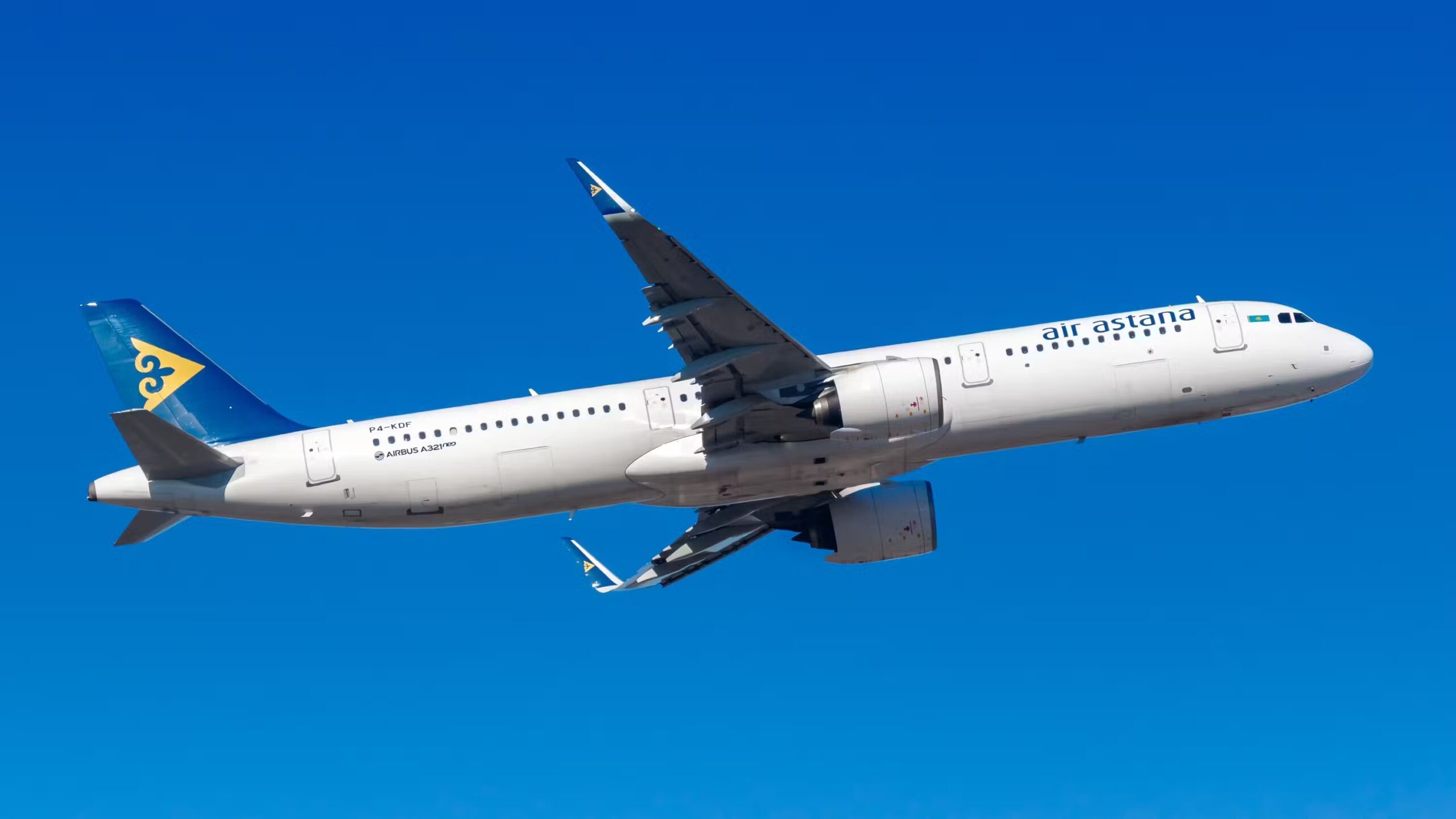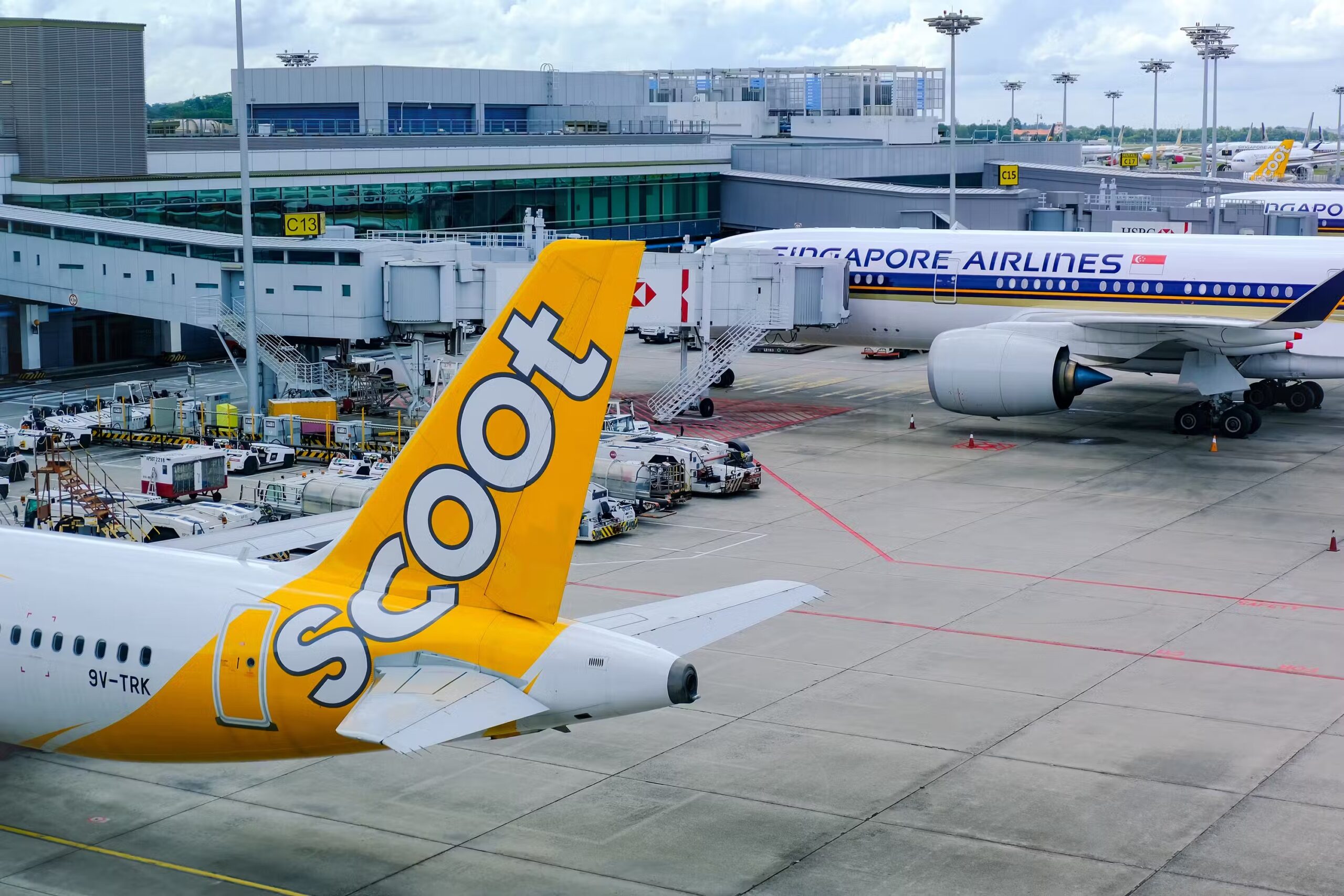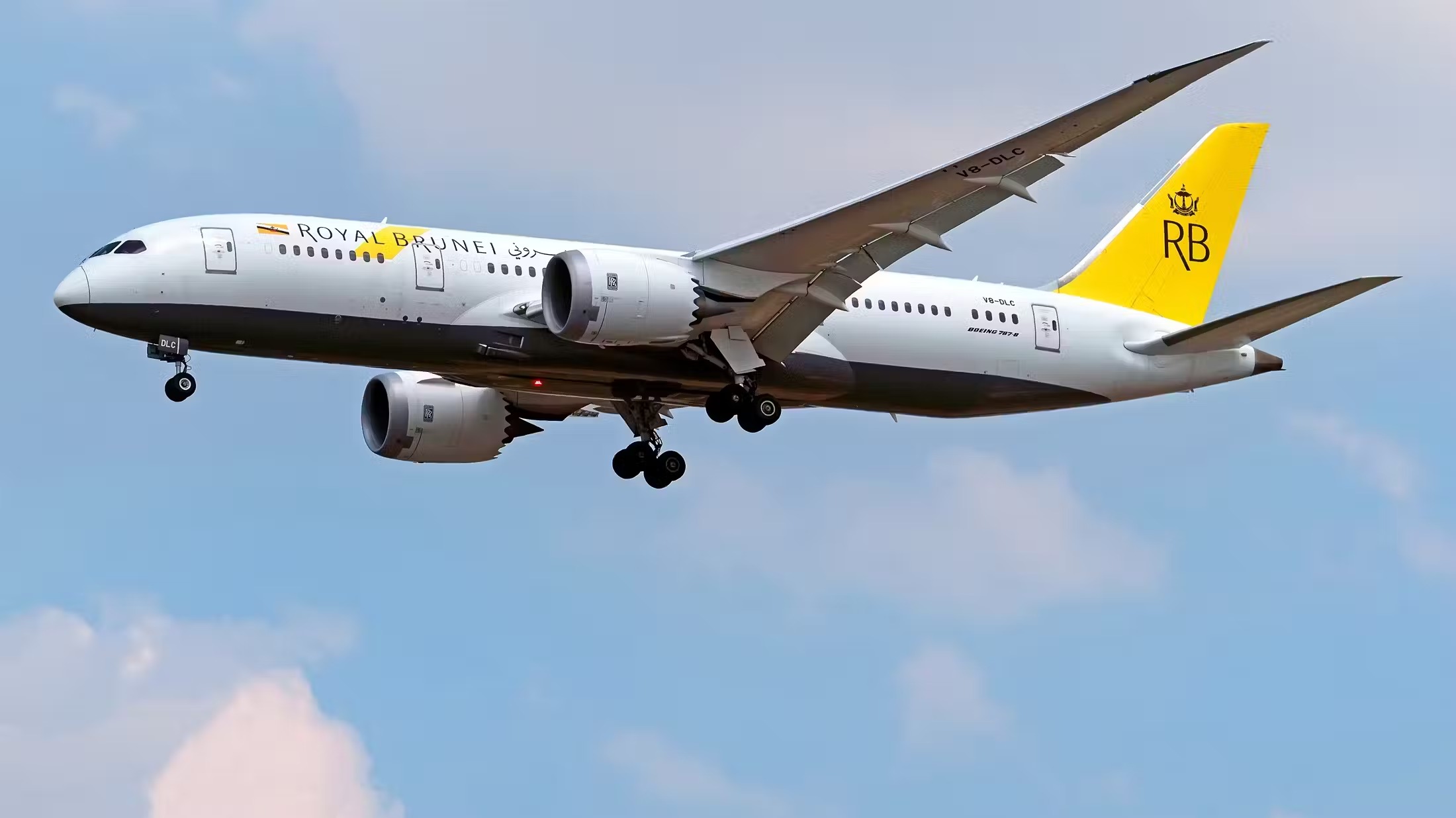One of the difficulties in analyzing the health of aviation in Asia-Pacific has been the simple fact that it is such a large and diverse region, where the pace of recovery has been largely driven by when travel restrictions were removed. Across the region, there have been marked differences in the timing of that, and it is only now that the full impact of abandoned travel restrictions is beginning to show up in traffic numbers.
Timing is everything
The monthly Asia Pacific Airlines Traffic Results report is compiled from data supplied to the Association of Asia Pacific Airlines (AAPA) by 40 airlines based in the region operating scheduled international services. That collection includes airlines as far apart as Air Astana in Kazakhstan to Air New Zealand in Oceania and from the size of Royal Brunei to China Eastern, so it is a full cross-section of the industry and its recovery over the last two years.

Photo: Markus Mainka | Shutterstock
The latest AAPA report released today shows that the region’s airlines carried 28.85 million international passengers, 21% more than in June 2023 and 93% of the 30.95 million they carried in June 2019. For the first six months of 2024, they carried 173.42 million, compared to 123.63 million in 2023 and 186.02 million in the first half of 2019, again a 93% recovery.
Asia-Pacific carriers have managed the return of capacity well, showing a disciplined approach to staying ahead of the demand curve when returning aircraft and crews to service was highly challenging. In June, demand, as measured by revenue passenger kilometers, rose 23.8% year-on-year (YoY) while available seat kilometers increased by 24.0%, edging the load factor slightly lower to 82.0%.

The load factor was 81.1% in the first half of 2024 compared to 80.7% in the same period in 2019, and rebuilding that marker is much needed as airlines look to shore up balance sheets decimated by the pandemic years. AAPA Director General Subhas Menon said that Asian airlines are seeing robust traffic growth in tandem with expansion in global economic activity and connectivity improvements in the region.
“Increased services to new and existing destinations will further boost travel demand, with traffic volumes expected to recover to pre-pandemic levels by the end of the year. Meanwhile, the region’s carriers remain focused on safe and sustainable operations whilst maintaining cost efficiency.”
Making a comeback
While not covered by the AAPA report, it is interesting to note the revival of two airports that were once the main gateways to international travelers in Malaysia and Thailand. Bangkok’s Don Mueang International Airport (DMK) and Kuala Lumpur’s Subang International Airport, now more grandly known as Sultan Abdul Aziz Shah Airport (SZB), hosted international services before being replaced by much larger but less convenient airports.
After years of general aviation and turboprop services, SZB has been reopened to limited jet services. Four Malaysian and two international carriers, including Firefly, a subsidiary of the Malaysia Aviation Group, have been approved to use the airport.

Photo: Firefly
Firefly has been operating turboprop services from the airport since 2008 and offers more than 2,100 weekly flights to eight destinations, including an exclusive route between Subang and Singapore’s Seletar Airport (XSP).
Firefly is using Boeing 737-800 aircraft to operate daily return flights from SZB to Penang (PEN) and Kota Kinabalu (BKI). It already operates nine daily flights from Subang to Penang with an ATR72 and will continue those with the addition of the 737 service.
In Bangkok, Thai AirAsia X will relocate from Suvarnabhumi International Airport to Don Mueang in October, which the airline said will create more connections to the larger AirAsia network and provide more convenient access to inner Bangkok. Thai AirAsia X flights to Seoul, Tokyo, Osaka, Nagoya, Sapporo, Shanghai and Sydney will depart from DMK.
Reinvigorating these two airports is a good sign of the growing demand in Asia and how airlines in the region strategically manage their aircraft and capacity. It further highlights that aviation in the area will soon be fully recovered and once again drive connectivity in and out of the Asia-Pacific region.
Source: Simple Flying

Warning: Illegal string offset 'cookies' in /home/u623323914/domains/eng.bayviet.com.vn/public_html/wp-includes/comment-template.php on line 2564